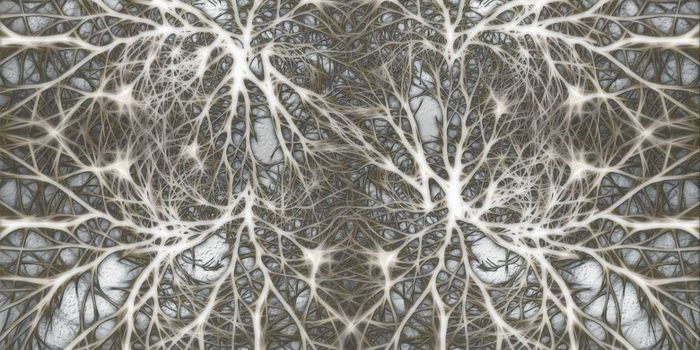What We Can Learn From Brain Asymmetry
A study published in eLife examined the subtle differences in functional organization between the left and right side of the brain to determine the impact of genetic and environmental factors on brain development. Scientists at the Max Planck Institute for Human Cognitive and Brain Sciences and Forschungszentrum Juelich found that brain asymmetry varied across individuals due to different cognitive demands. The findings revealed a genetic basis for asymmetry in functional organization, and researchers suspect asymmetry is associated with higher order thinking in humans.
Lateralization is the tendency for brain regions to process certain functions more in the left or right hemisphere. It can vary across individuals, and neurotypical people differ in asymmetry. Brain asymmetry variance can indicate certain intellectual and psychological conditions. For example, a lack of left asymmetry of certain language areas is associated with dyslexia. Previous studies have found that insufficient brain lateralization may play a role in diseases such as schizophrenia and autism spectrum disorders.
The researchers investigated these connections using two databases. One database contained human brain scans, and the other contained brain scans of 19 macaque monkeys. They compared monozygotic twins, dizygotic twins, and unrelated individuals, and determined how siblings differ from each other. This information identified environmental influences that shape connections. Examining brain function of both humans and monkeys identified which differences may have developed through evolution. Low-dimensional, functional brain connectivity organization showed the extent to which separate brain regions can work together. Researchers assessed this organizational feature in each side of the brain and calculated the asymmetry index.
The researchers found that individual differences in these functional arrangements were mainly influenced by genetic factors. However, some asymmetry is shaped by the person’s experience. One key finding is that human brains are more asymmetrical than the brains of monkeys. Lead author Bin Wan explained that “It is likely that the observed functional asymmetry reflects the interplay of both genetic and non-genetic effects derived from personal experiences." Future research studies will explore the role of genetic and environmental factors in brain asymmetry.
Sources: eLife, Max Planck Institute for Human Cognitive and Brain Sciences








